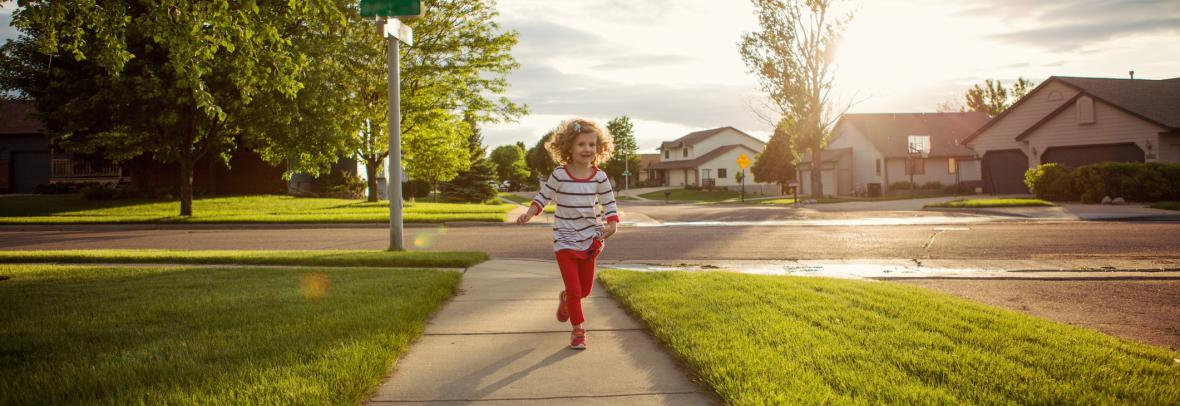
Homes in ‘Upward Mobility’ Areas Cost 38% More
It’s not just the house: Some neighborhoods offer more opportunities. In Fla., the home price difference between high- and low-opportunity areas runs as high as 64%.
SEATTLE – In a high-opportunity neighborhood, children who grew up in low-earning households went on to become higher earning adults than the typical person who grew up in their metro. The results seem to suggest an advantage to life in a higher-income area even if a specific family’s home is at or below the median home price for the metro.
It’s difficult to quantify that kind of difference, but economists at Redfin gave it a try. They analyzed home sales in 100 of the most populous U.S. metropolitan areas and sorted each of their neighborhoods into three tiers – low opportunity, intermediate opportunity and high opportunity.
Nationwide, the typical home that sold in a high-opportunity U.S. neighborhood in 2022 went for $470,000 – 38.2% more than the typical home that sold in a low-opportunity neighborhood, which went for $340,000, according Redfin’s report.
The likely reason? People in high-opportunity neighborhoods are more likely than those in low-opportunity neighborhoods to live among highly rated schools, have professional networking opportunities, live near large numbers of college graduates, and have low rates of poverty and crime. High-opportunity neighborhoods also have larger concentrations of two-parent households, along with high levels of income inequality and segregation – meaning they tend to skew wealthy and white.
The methodology Redfin used to measure opportunity was developed by Harvard University researcher Raj Chetty.
“It’s prohibitively expensive for many families – particularly those of color – to access the neighborhoods that offer children the best shot at financial success,” says Redfin Deputy Chief Economist Taylor Marr. “Where you grow up lays the groundwork for your future. Kids raised in low-opportunity neighborhoods have a lower chance of getting a good education and well-paying job, growing a robust professional network, building wealth through home equity and staying out of harm’s way.”
In Florida, the price premium between low- and high-opportunity neighborhoods varies greatly, ranging from a low of 8.8% for residents of Lakeland to 64.3% for residents of West Palm Beach.
Price premium for a high-opportunity Florida neighborhood
- Cape Coral: $324,250 median sale price in low-opportunity vs. $499,000 high opportunity. Difference: 53.9%
- Fort Lauderdale: $348,650 in low-opportunity vs. $540,000 high opportunity. Difference: 54.9%
- Jacksonville: $280,000 in low-opportunity vs. $435,000 in high opportunity. Difference: 55.4%
- Lakeland: $311,454 in low-opportunity vs. $338,860 high opportunity. Difference: 8.8%
- Miami: $430,000 in low-opportunity vs. $623,515 high opportunity. Difference: 45.0%
- North Port: $372,000 in low-opportunity vs. $562,500 high opportunity. Difference: 51.2%
- Orlando: $335,000 in low-opportunity vs. $426,700 high opportunity. Difference: 27.4%
- Tampa: $350,000 in low-opportunity vs. $415,000 high opportunity. Difference: 18.6%
- West Palm Beach: $350,000 in low-opportunity vs. $575,000 high opportunity. Difference: 64.3%
New York was the only metro where it was less expensive (by 6.7%) to live in a high-opportunity neighborhood. The median sale price of high-opportunity neighborhoods in New York was $695,000 compared with $745,000 in low-opportunity neighborhoods.
While low-income families are often concentrated in low-opportunity neighborhoods, research found it’s rarely a function of choice. There are often barriers in the home-search process that prevent them from moving to a high-opportunity neighborhood.
“Redesigning affordable housing policies to provide customized assistance in a housing search could reduce residential segregation and increase upward mobility substantially,” wrote the researchers, led by Columbia University’s Peter Bergman and Raj Chetty,” in a 2020 study of housing-voucher recipients in Washington State.
© 2023 Florida Realtors®
